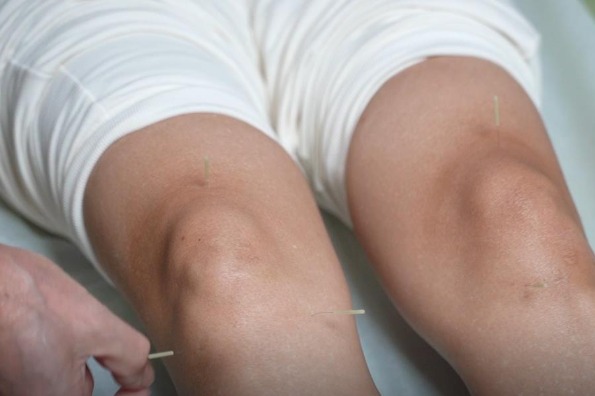Heilongjiang University of Chinese Medicine

Heilongjiang University of Chinese Medicine was founded in 1954. Its original name was Heilongjiang Chinese Medicine School for Advanced Study. In 1996, with the approval of Ministry of Education, it was given its current name.
After over a half century's development, the university has developed into a high level Chinese medicine school with competent teaching, scientific research and medical treatment capacity. In 2008, it was confirmed as a national clinical research base construction unit. And in 2009, it was promoted as an advanced unit in national cultural and ideological construction, and named a national publicity and education base of traditional Chinese medicine culture.
The university has 11 colleges, 11 affiliated hospitals, one research institute, 27 teaching hospitals, and 70 training hospitals and bases. It also has 34 doctoral programs and 41 postgraduate programs. Besides, it has 24 undergraduate programs and majors such as medicine, science, liberal arts, engineering, management and law. Currently, there are 15,221 full-time students at the school, including 299 doctoral degree candidates, 1,947 master degree candidates, 10,891 undergraduate students, 1,742 junior college students and 288 overseas students.
The university also has four centers for post-doctoral studies -- Traditional Chinese medicine, traditional Chinese pharmacology, a combination of Chinese traditional and western medicine and pharmacy. It also has four state-level key disciplines, 21 key disciplines of state administration of traditional Chinese medicine and 11 provincial level key disciplines.
At present, Heilongjiang University of Chinese Medicine has 3,667 teaching and administrative staffs, 599 of whom are professors, associate professors or holders of relevant professional titles, 116 are doctoral supervisors and 551 are masters supervisors. Eighty-five of the experts enjoy a special government allowance, and one is a national Chinese Medicine master.
The university is qualified to recruit overseas students as well as students from Hong Kong, Macao and Taiwan. It was one of the first universities approved by the Ministry of Education for recruitment of foreign students. Currently, it has scientific cooperation and academic exchanges with nearly 40 medical colleges and scientific research institutes in 30 countries It also has 140 long-term international cooperation projects.




